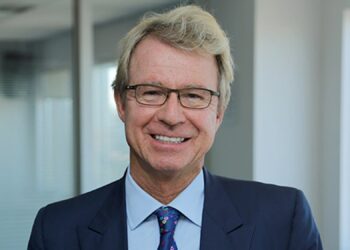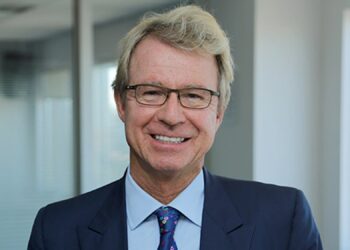New research has revealed demand for financial advisers in South Australia is increasing at a faster rate than the national average, while Western Australia has the quickest falling job numbers in the land.
The eJobs Recruitment Specialists report found that in the last 12 months, industry job numbers across South Australia increased by 21.5 per cent. This is compared to a 9.4 per cent drop nationally.
A ‘talent drought’ is also pushing up salaries for advisers, paraplanners and client support staff in the region, with $85,000 a popular salary for advisers with two to four years experience, although offers of $100,000 were also not uncommon.
However, the figures for Western Australia paint a different picture, with a 33 per cent decline in advertised industry jobs in the last 12 months, despite the mining boom that is occurring in the region.
Adviser salaries commenced at $40,000, some of which were requesting candidates with two or more years experience. Offers of more than $80,000 generally sought candidates with three to five years experience.





